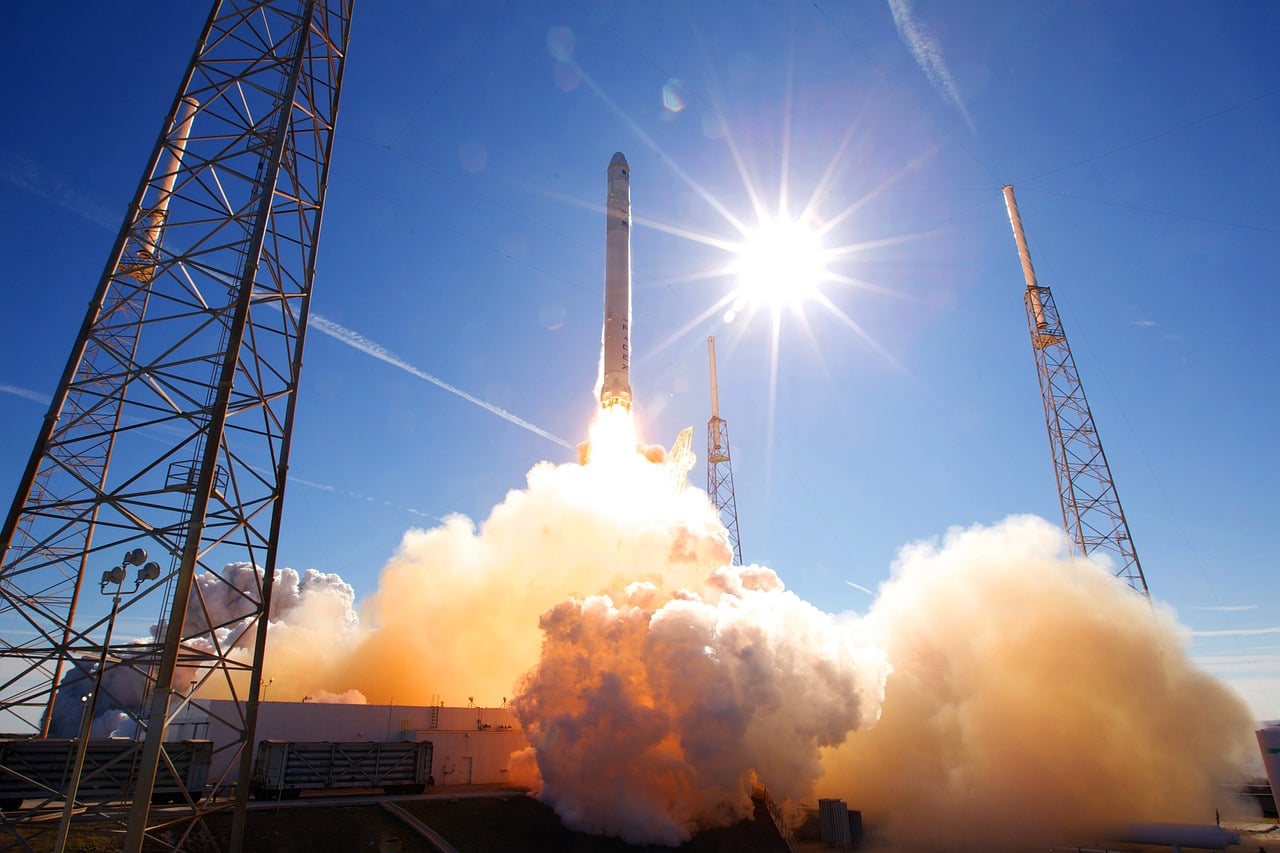In a speech on Monday, Mayor Eric Garcetti announced that the SpaceX Mars rocket would be built in the Port of Los Angeles.
During his speech, the mayor said that the SpaceX Mars rocket is a “vehicle that holds the promise of taking humanity even deeper into the cosmos than ever before.”
While it’s looking as if the deal will go through, there’s still some red tape that the company has to go through before they can really start building the SpaceX Mars rocket in the Port of Los Angeles. The city Board of Harbor Commissioners have to vote on Thursday on whether to lease 19 acres of land to SpaceX for the manufacturing site of the rocket. The staff of the commissioners have recommended approval of a 10-year term lease, with an annual rent of around $1.38 million, the Associated Press reports.
The rockets currently in use by the private space company are referred to as Falcons, but CEO Elon Musk has recently come forward with a statement that the SpaceX Mars rocket will be referred to as the BFR.
The rocket is intended to serve a myriad of purposes even extending beyond a Mars launch, with goals ranging from missions into Earth orbit to treks to the Moon and, eventually, to Mars. Elon Musk has said that the first cargo missions with the SpaceX Mars rocket are set to occur around 2022. While four years may seem like a long time to develop the BFR, it’s actually quite an ambitious timeline, causing many to question whether the company has the resources to accomplish such a monumental task in such a short amount of time. SpaceX has certainly proven in the past that they have what it takes to surpass expectations, however, so it’s likely we’ll see the deadline met in one way or another.
Musk has also proposed a future for the SpaceX Mars rocket in the form of high-speed trips from point-to-point across our own planet, with a potential launch from New York to Shanghai in just 39 minutes – a massive reduction in time from the hours and hours that trip currently takes.
While the potential lease of land for the development of the SpaceX Mars rocket would no doubt be monumental for a company desperate to find a suitable spot to build this ambitious project, the company actually already has a presence in Los Angeles – even using part of the Port of the city for missions that recover Falcon 9 first-stage boosters by grabbing them off of a floating platform in the Pacific Ocean. The platform is also used to recover supply capsules that parachute into the ocean after their missions to the International Space Station.
“SpaceX has called the Port of Los Angeles home to our west coast recovery operations since 2012 and we truly appreciate the City of Los Angeles’ continued partnership,” Gwynne Shotwell, SpaceX president and COO, said in a statement.
“As announced today by Mayor Garcetti, the Port will play an increasingly important role in our mission to help make humanity multi-planetary as SpaceX begins production development of BFR — our next generation rocket and spaceship system capable of carrying crew and cargo to the Moon, Mars and beyond.”
The agenda for this week’s Harbor Commission meeting discusses the format of the area that would build the SpaceX Mars rocket – indicating that this area of the port would be a research, design and manufacturing facility for rockets and spacecraft.
“The rockets, once complete, would be too large for reasonable transport by road and thus must be transported by barge or ship, necessitating that the facility be water adjacent,” it says.
The expansion of SpaceX further into the Los Angeles Port would also mean great things for job seekers in the area, with the potential to employ 700 people. It’s expected that the vote will go through, giving those who are looking to contribute to a monumental part of human history the chance to lend their talents to the creation of the SpaceX Mars rocket.
We’ll have to wait until after the meeting on Thursday for a final confirmation that SpaceX can, indeed, rent the land and start production on one of the most powerful rockets in history.





